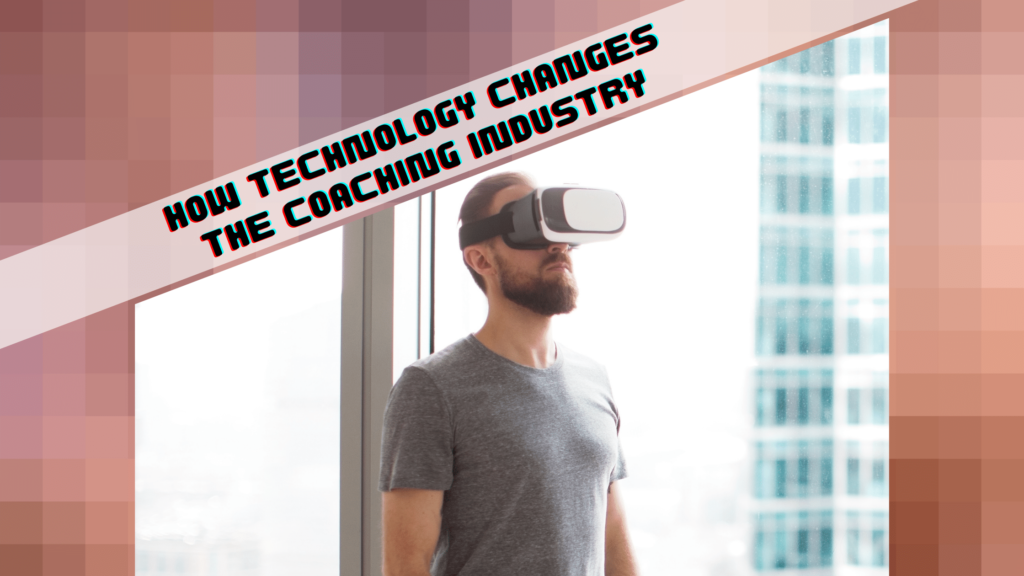
Technology changes every industry in a number of ways. The world of professional coaching is no exception to this. Advancements in technology already transformed coaching as well as training. Training, for example, is more advanced in the 21st century than it was just 10 years ago.
Today, individuals have access to online coaching and cutting-edge coaching technology. This advancement makes remote coaching possible. Let’s discuss how technology transforms the coaching industry.
Powerful Data Insights
With the help of psychometric tests, coaching can give professional coaches a clearer view of their client’s personality, strengths and derailers, and relation to others. Large amounts of data allow for predictive analysis. These analyses also allow for tailored approaches to coaching that have a high likelihood of success. As a result, coaches can provide their clients with highly targeted strategies and support.
Improved Tracking
When we are pursuing goals, we need to assess the progress along the way. Doing this helps to ensure that we are marching toward the achievement of our goals. Coaching software can help in tracking the progress toward the goals that were established at the beginning of the coaching program. Platforms such as CoachAccountable, LeaderEQ and BetterUp can be helpful in this process.
Use of Simulation
Coaching software like ProReal gives coachees the opportunity to observe and learn from simulated scenarios. This is made possible through technological advancements like virtual reality (VR) along with gamification, avatars, and holograms.
This type of coaching technology has been reaping great results in sports coaching. Now it is beginning to revolutionize professional training outside of sports. For example, enterprises have begun to build training using simulation where they previously had to have onsite training. It won’t be long before we will have use cases for professional coaching for behavioral scenarios.
The algorithm used by artificial intelligence (AI) can assess previous conversations or similar ones and create lines of inquiry. This, of course, is anonymous. Several industries that have put this technology to use. Call centers are using this technology to improve their services and train their workers to offer optimal customer care.
Improved Communication
Technology made executive and professional coaching online possible and mainstream. Greater access to video conferencing made online coaching more efficient. Now, individuals from a different location can engage in a virtual coaching session. While video conferencing does not completely replace face-to-face communication but it helps to bridge tight schedules long distances.
While you can conduct coaching exclusively over the phone, adding video calling adds a range of benefits. Being able to watch the facial expressions and body language can enhance the coaching conversation. Video conferencing works well for many leaders because they are already accustomed to meeting via video technology and often have challenging schedules.
A recent release of a new feature from Microsoft allows the analysis of body language during video meetings. While this is still in its infancy, the technology used for this analysis can also become part of coaching. For example, coaches can apply it where body language is an integral part of the coaching and aids the growth of the client.
Final Words
Technological advancements transform coaching in many ways. The scenarios in use today hardly scrape the surface. Technology continues to enrich and transform coaching. It has the potential to make coaching more efficient and accessible to individuals near and far.
As a coach, leverage the power of technology. Do this by evaluating how they can aid in helping your clients to meet their goals and become the best versions of themselves. At the same time, leverage technology to take advantage of the benefits to grow your business and break traditional barriers.
